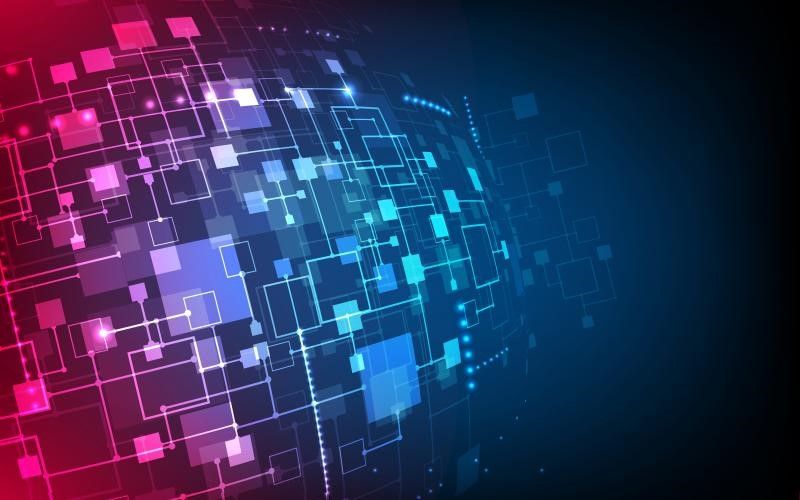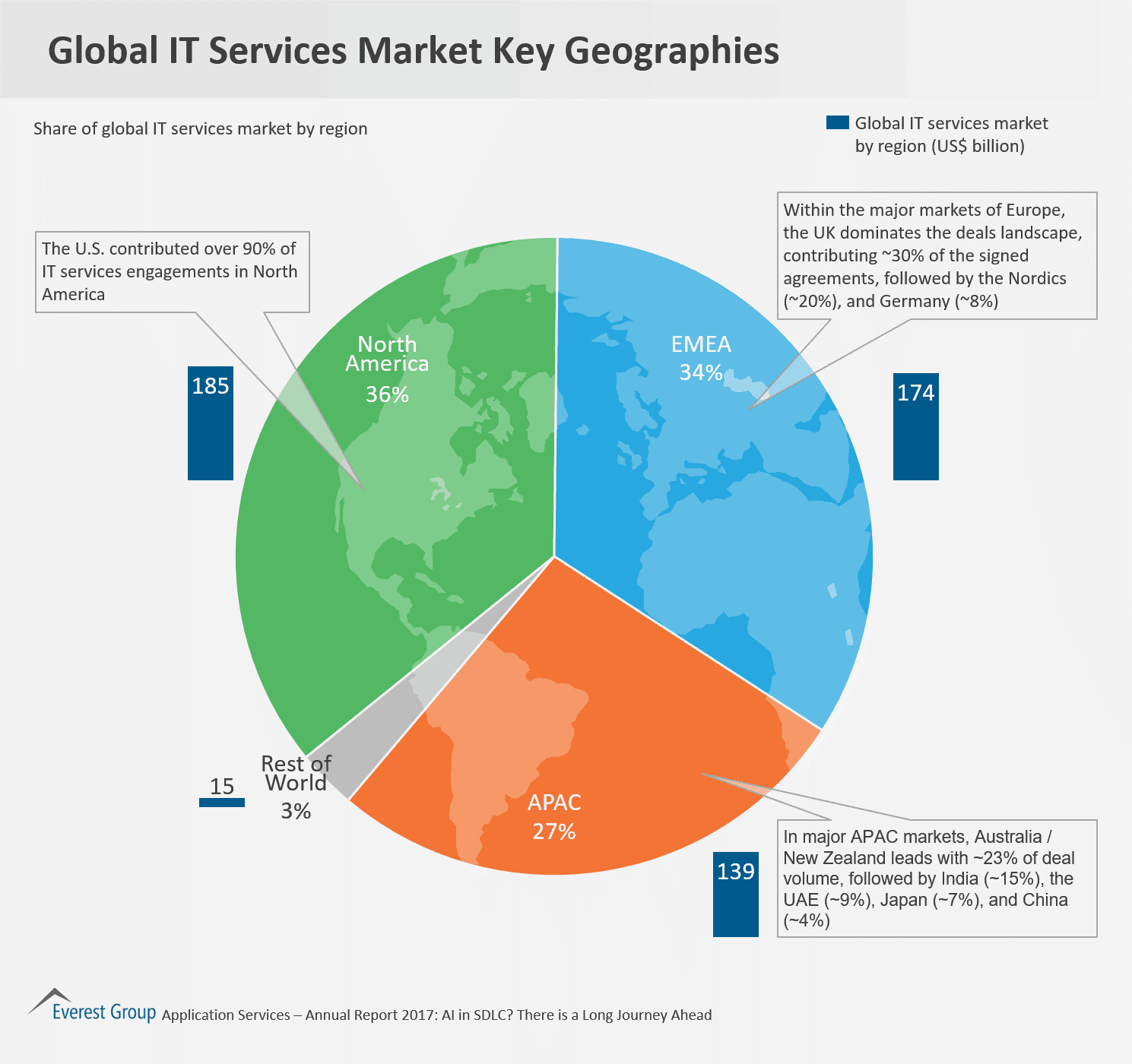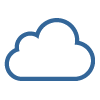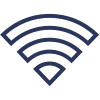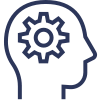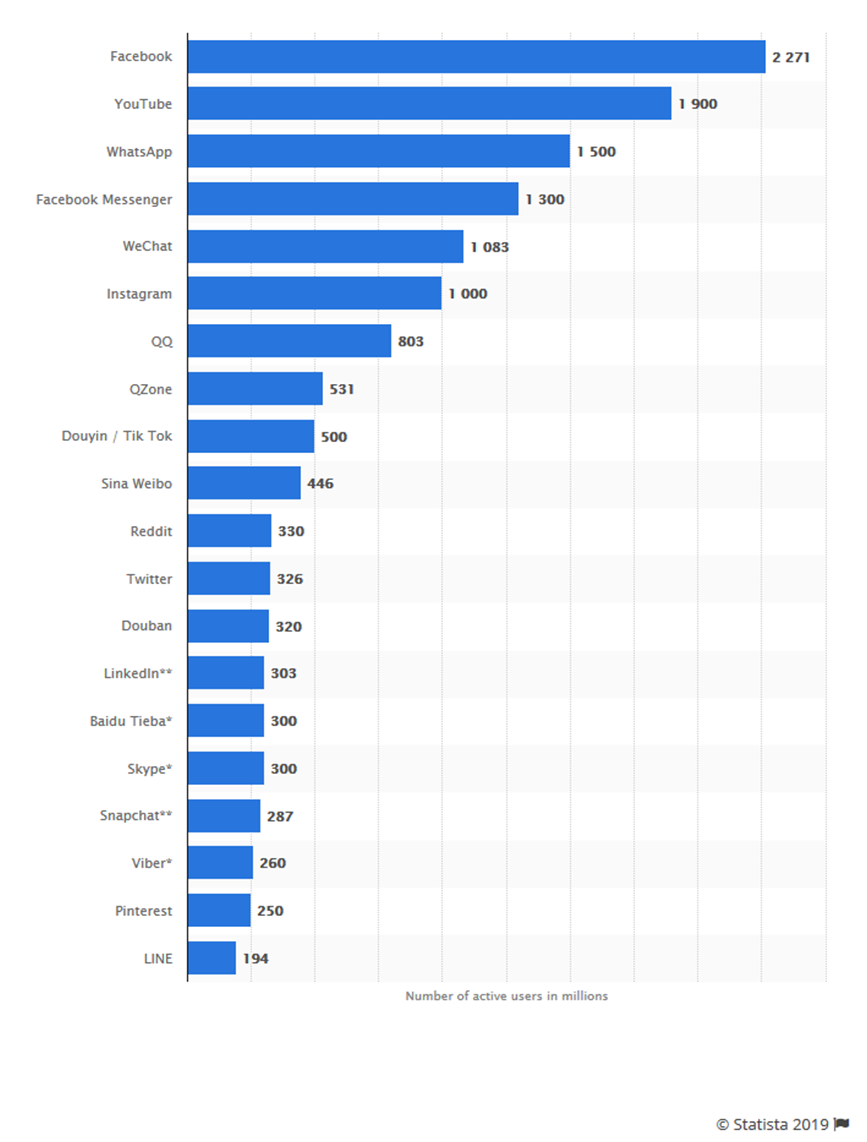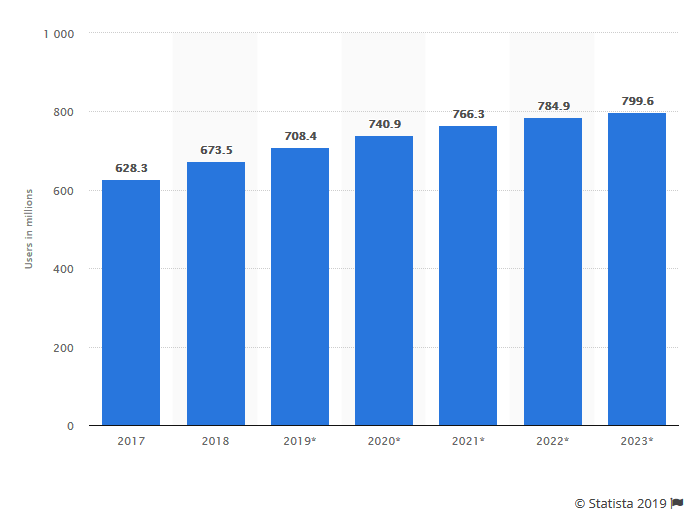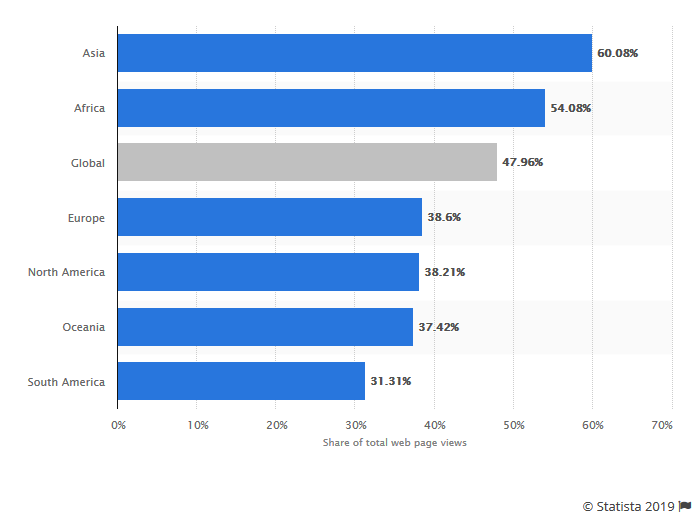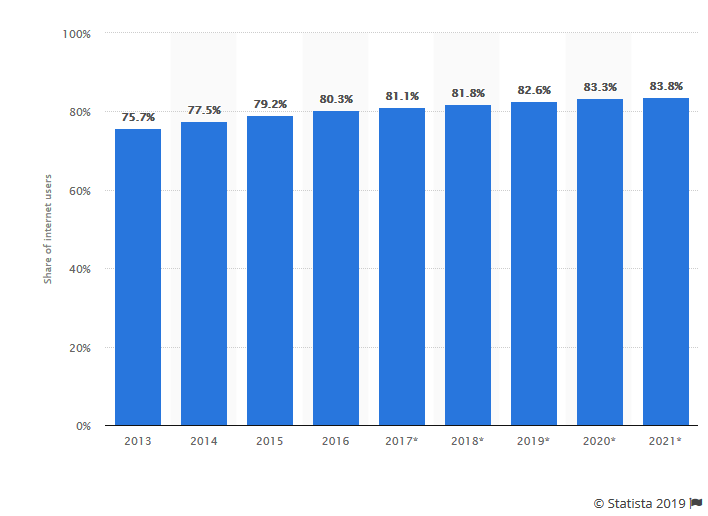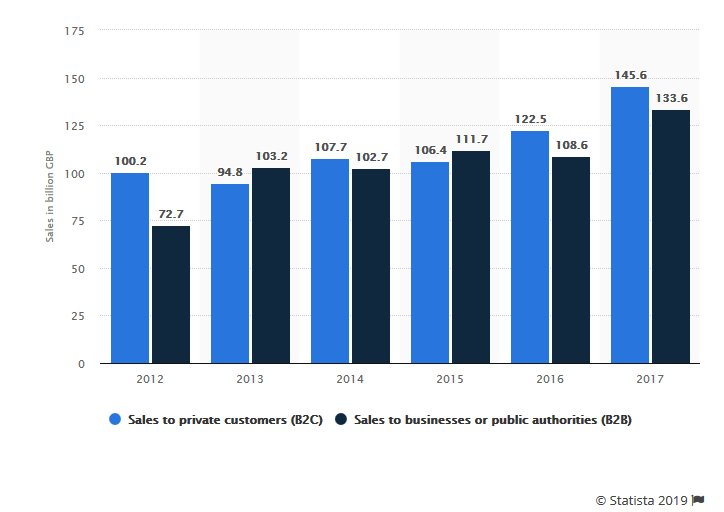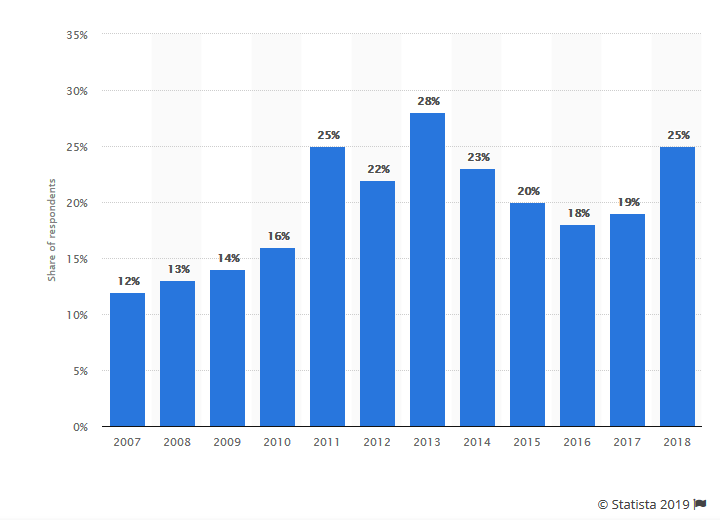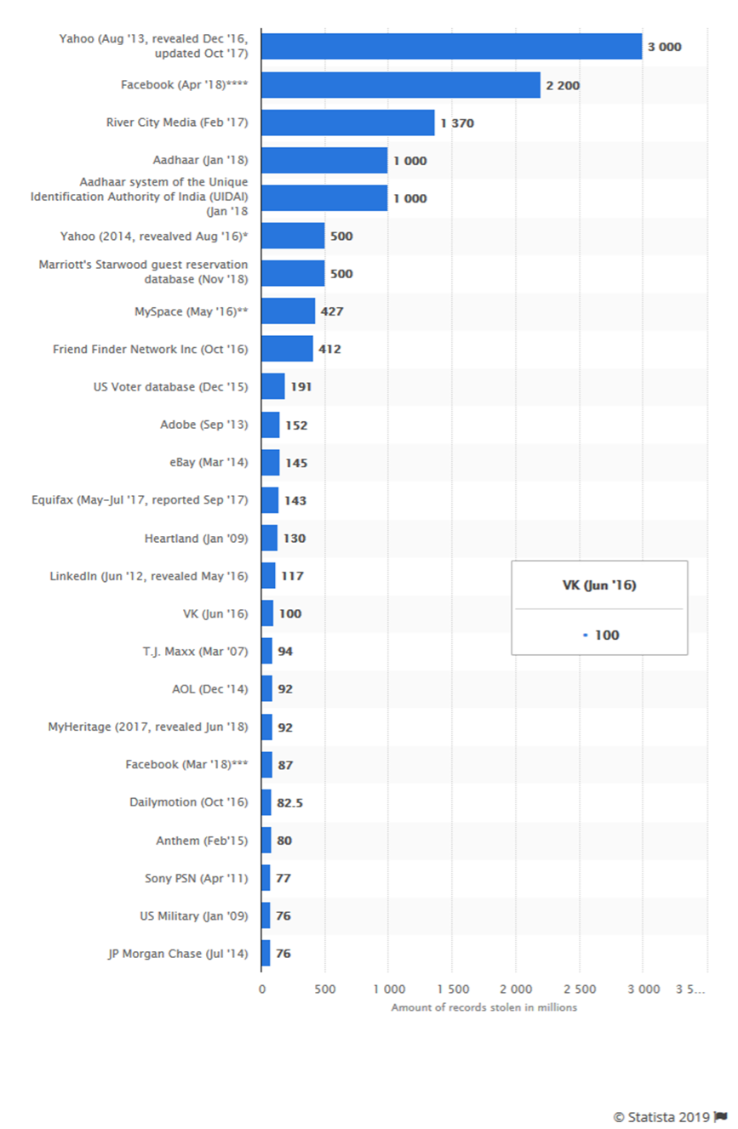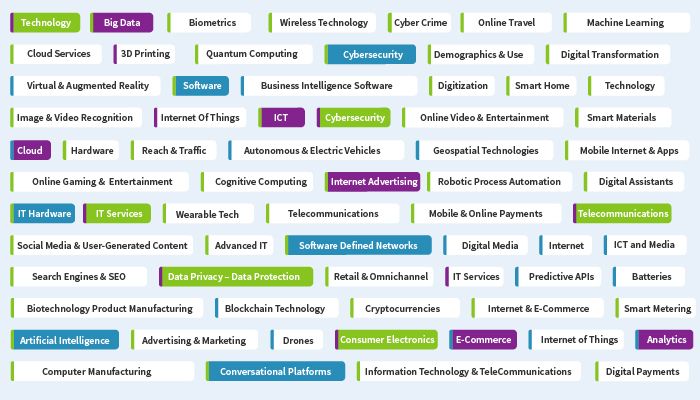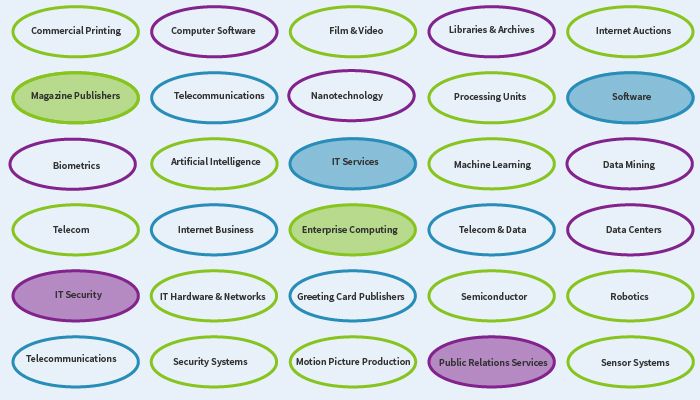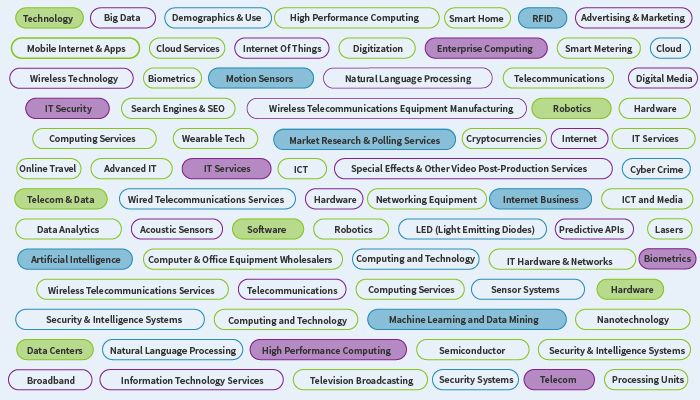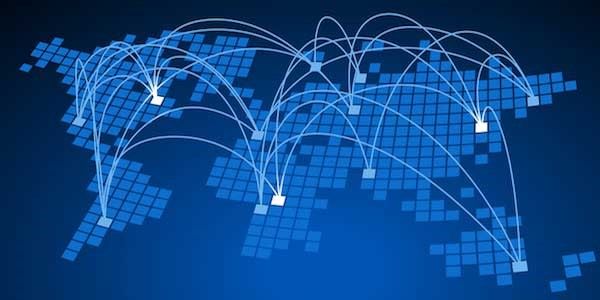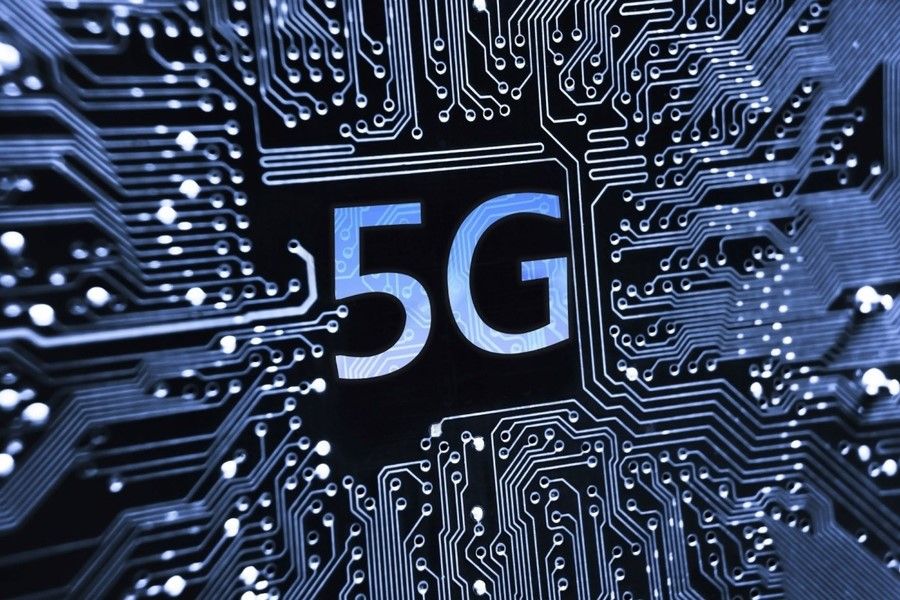
The rapid changes and global take-up seen in ICT offer significant growth opportunities.
The information economy is transforming the way we live and work. It enables process, product and service innovation across all sectors, leading to increased competitiveness and sustainability. It is crucial to our success on the global stage, our competitiveness and our connectedness – to our whole economy.
ICT is also at the heart of most modern products and processes and is often a driver of new innovation. Software enabled electronics embedded in product and processes are now increasingly the differentiator technology in both services and goods. Many studies have also made clear the link between effective ICT use and productivity improvements.
The technology and telecommunications industry and its connection to mobility, is one of the most innovative and fast developing sectors.
Technology provides ease of doing business, but also improves productivity and efficiency.
Digital transformation technologies are being innovated at an unprecedented rate, influencing consumer behaviour and the way businesses operate to retain existing customers, entice new ones and generate revenue from digital experiences.
The technology segment includes e-commerce and information technology (IT) outsourcing, networking, computer hardware, programming, web communication and content services and telecommunication and wireless technology.
The growing automation, penetration of 4G and 5G network services, the cloud, the Internet of Things (IoT) connecting different systems and infrastructures, have revolutionized the technology space.
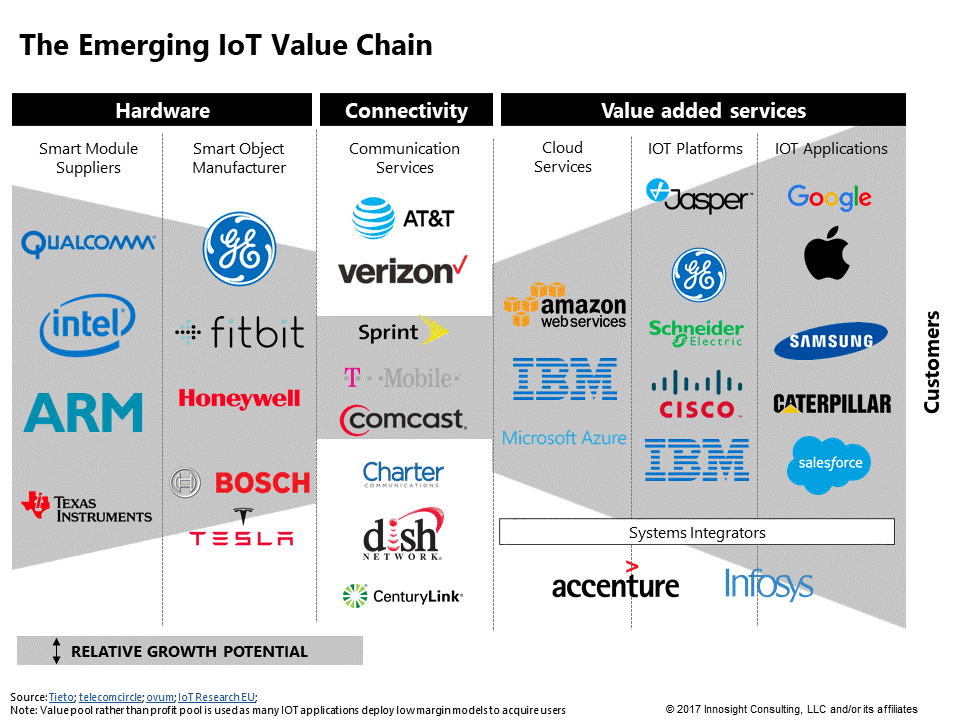
There are several large telecommunication providers, among them: AT&T, Verizon, China Mobile, Deutsche Telecom, Telefonica, Vodafone, France Telecom, Telecom Italia.
The products and services developed by both start-ups and leading players, are key for the industry’s growth.

Telecommunications Industry | Innovation and challenges
Innovation in the Telecommunications Industry has accelerated, led by forces such as regulatory changes, changing trends in consumer demand, digital content and emerging technologies.
With mobiles getting cheaper and the advent of the Internet of Things, the demand for internet and telecom services is likely to grow with the cost of connectivity diminishing.
The telecommunications industry’s drive of digitization is making it one of the most dynamic industries. In the face of competition and ever-increasing customer demands, success will be confined to those suppliers who can serve the market with new products and services.
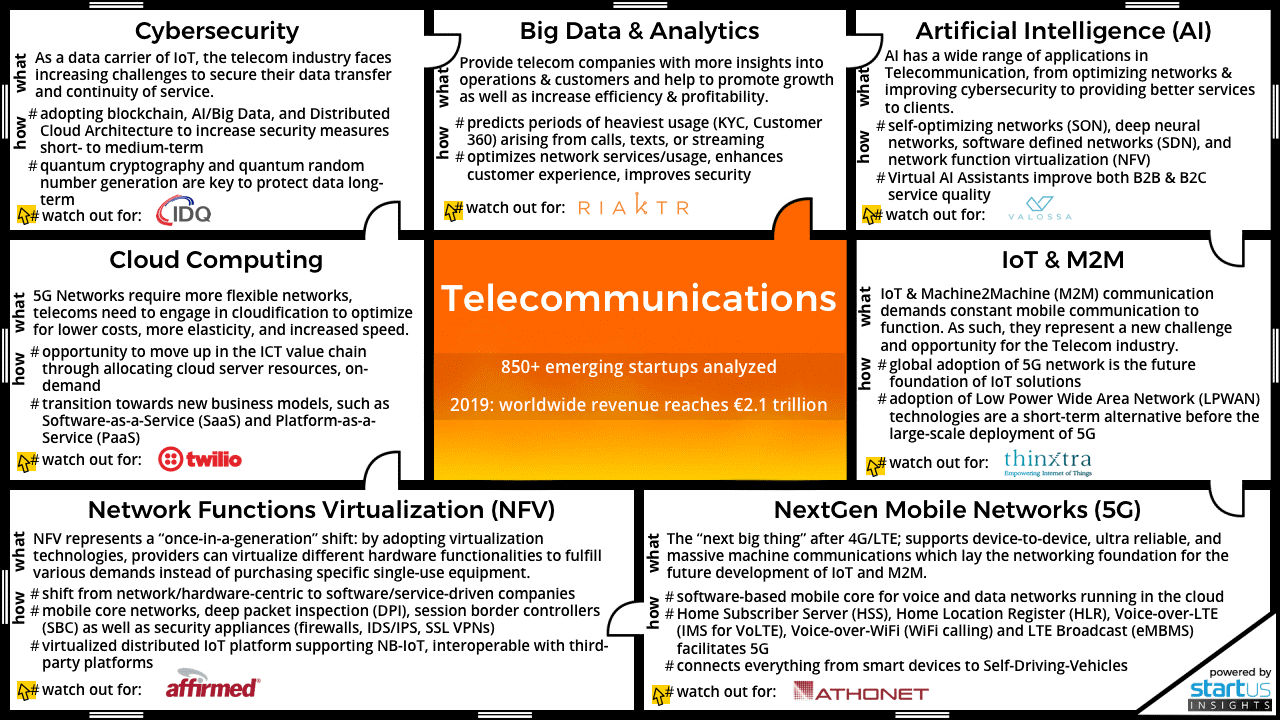
According to EY’s global telecommunications study Digital transformation for 2020 and beyond, disruptive competition tops the list of industry challenges.

Digital business models, customer experience and cost control rank highest as strategic priorities
Operator confidence in the digital services opportunity is growing
Process automation tops the list of long-term IT enablers
Operators see 5G having the greatest impact on the industry beyond 2020
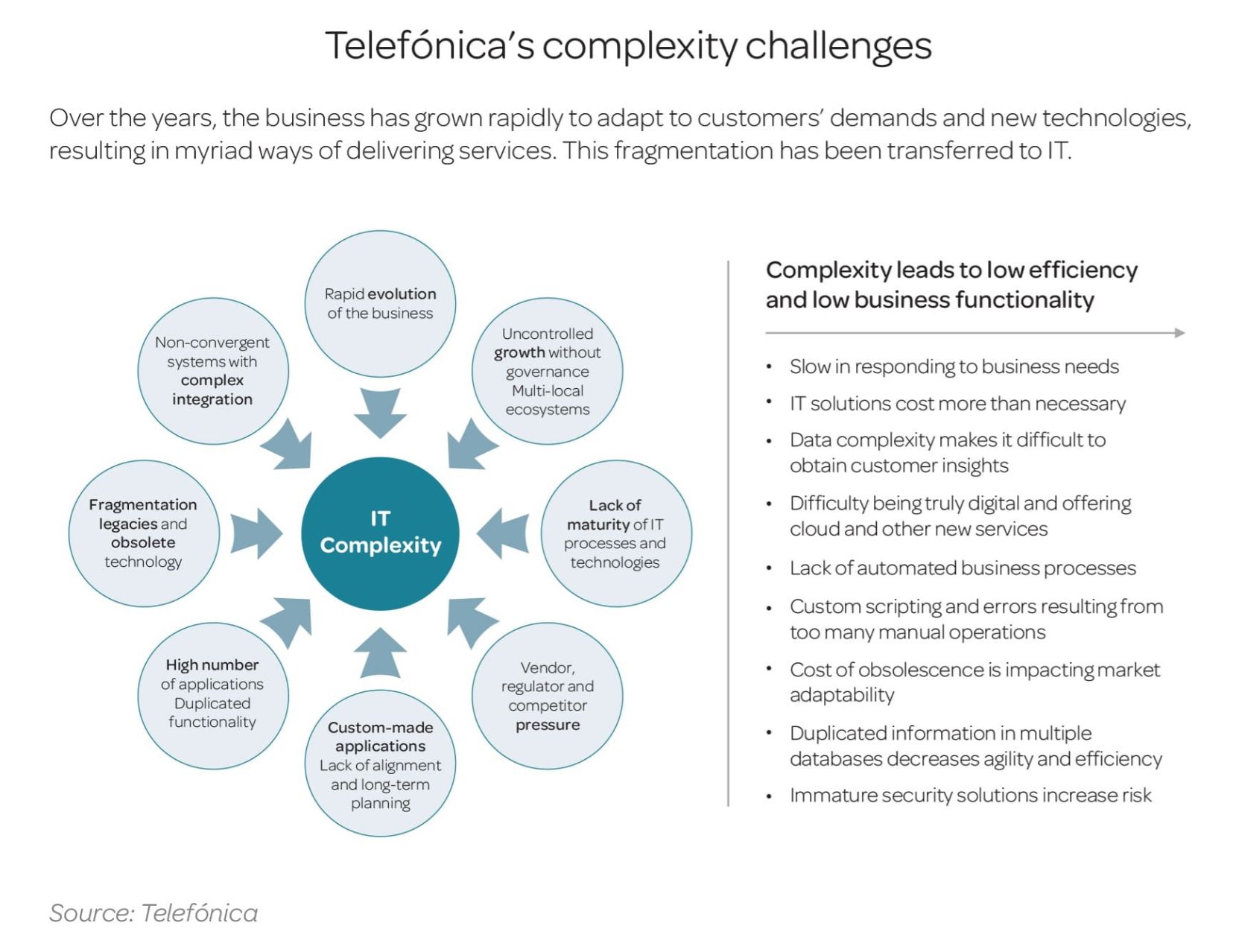
Our research reports analyze trends and factors that influence demand and drive growth in the technology space.
We offer insights into growth opportunities and threats. We also provide information on various trends impacting consumer behaviour.
Focus areas are mobile & wireless technologies, communication infrastructure and services, telecom operations, information and network security, enterprise IT (business process management, enterprise content management, customer communication management, enterprise mobility, and field service management), and consumer IT.
Information Technology
Hardware and software technologies as well as internet systems. Internet of Things (IoT), cloud, artificial intelligence (AI), virtual reality, mobility, software-defined, security, analytics, blockchain and others.
Instrumentation and Sensors
Reports cover the measurement and control of process variables, including Level, Pressure, Temperature, Humidity, Flow.
Wireless sensors, electrical enclosures, gas detection, RFID, Raman spectroscopy, portable devices, medical devices, building automation and others.
Photonics
Laser systems, photonic sensors and detectors, wavefront control, fiber optics, optical components, optical coatings, optical switches, photonic sensors and detectors.
Semiconductor Manufacturing
Next generation organic semiconductors, foundries, wafer level packaging and equipment., including semiconductor discreet components, organic semiconductors, organic LED, CMOS, NMOS, photolithography and others.
Fuel Cell & Battery Technologies
Battery technologies and applications - fuel cells, alternative energies, hybrids, electric vehicles, sodium-ion batteries, Lithium, alkaline, molten carbonate, proton exchange membranes, and others.



 Information, Communication, Technology ICT
Information, Communication, Technology ICT